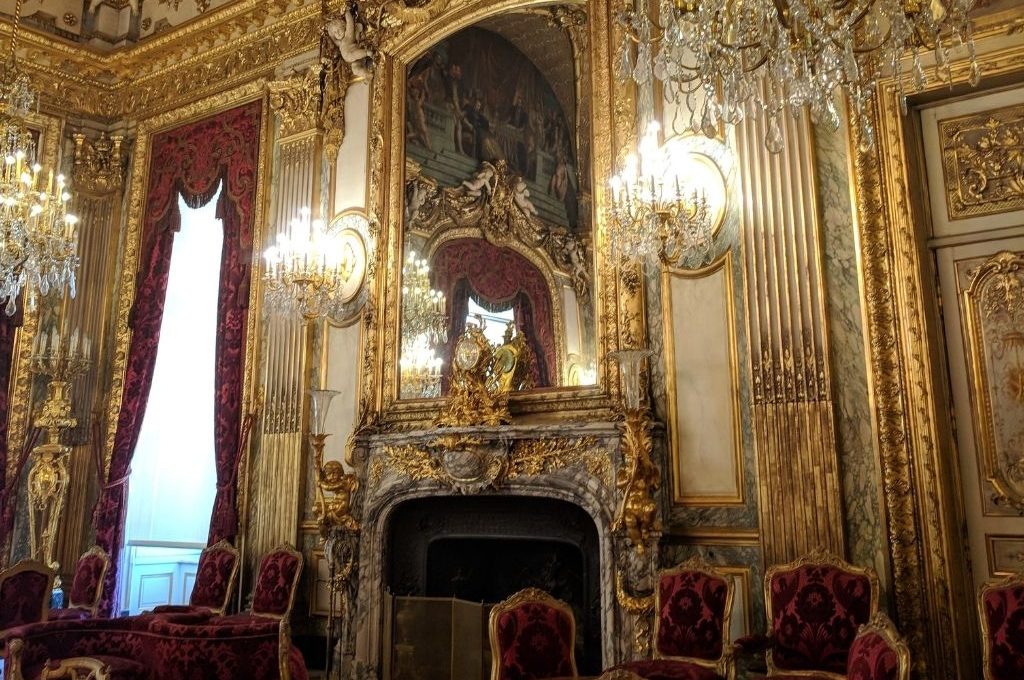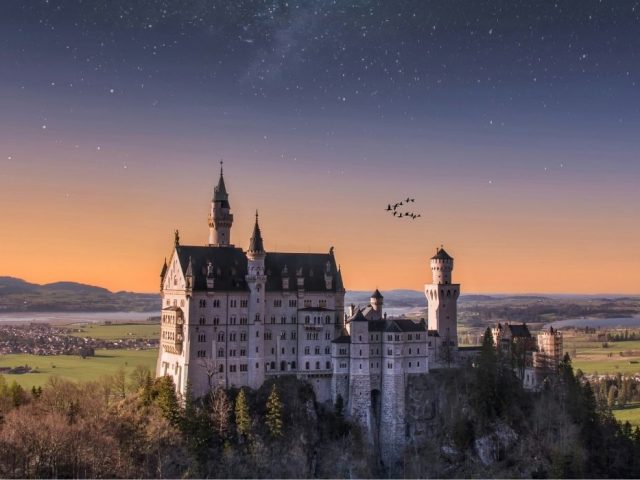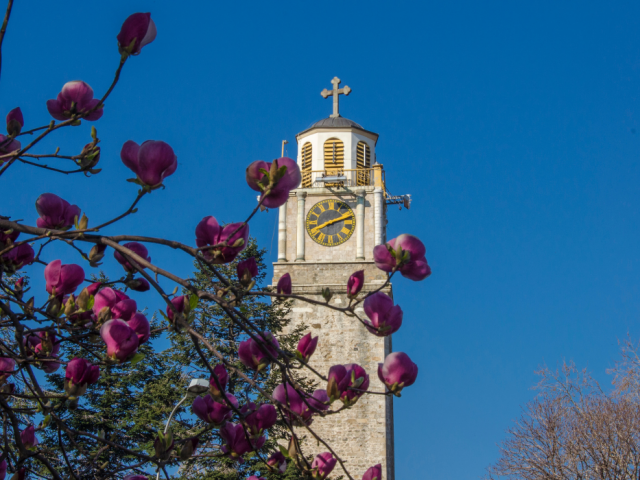Europe is home to a rich history of palaces, many of which are famous for their architectural beauty, historical significance, and cultural importance.
Let’s explore some of the most famous palaces in Europe!
Palace of Versailles (Château de Versailles) - France
The Palace of Versailles or the Château de Versailles…
It is one of the most famous and historically significant palaces in the world. The palace is in Versailles, a suburb of Paris, France. The palace was originally a hunting lodge built by King Louis XIII in 1623. His son King Louis XIV expanded it in the late 17th century. Then, it became a grand and luxurious palace. The Palace of Versailles is a prime example of Baroque architecture.
Hall of Mirrors (Galerie des Glaces) is one of the most famous rooms in the palace. It is a magnificent hall with 17 mirrored arches on one side and windows overlooking the gardens on the other. It was the site of important historical events. The signing of the Treaty of Versailles in 1919 ending World War I took place in this room.
Buckingham Palace - United Kingdom
Buckingham Palace is in the City of Westminster, London. It is at the end of The Mall, a grand processional route that leads to the palace from Trafalgar Square. The original Buckingham House dates back to 1703. It was built for the Duke of Buckingham. King George III acquired the property in 1761 as a private residence for his wife, Queen Charlotte.
Buckingham Palace has been the official residence of the British monarch in London since the accession of Queen Victoria in 1837. It is also the administrative headquarters of the monarchy. The palace features numerous staterooms, including the State Dining Room, the White Drawing Room, and the Throne Room. While the palace itself is not typically open to the public year-round, the State Rooms are open to visitors during the summer months. Tourists can explore the grandeur and history of the palace during these tours.
🎨 The palace houses an impressive collection of art and historic objects. It exhibits works by artists like Rembrandt, Vermeer, and Canaletto. Many of these pieces are on display in the State Rooms.
Schönbrunn Palace (Schloss Schönbrunn) - Austria
Schönbrunn Palace or Schloss Schönbrunn is a historic and iconic palace in Vienna, Austria. In 1996, the palace became a UNESCO World Heritage Site in recognition of its cultural and historical significance.
Schönbrunn Palace exemplifies great Baroque architecture and stunning Rococo interiors. It has beautiful gardens and numerous sculptures, fountains, and decorative elements. The Gloriette, a magnificent hilltop structure, is amongst the most famous features of the palace complex. The palace hosts classical concerts in its historic Orangery. Here, you can enjoy the music of composers like Wolfgang Amadeus Mozart and Johann Strauss II in a magnificent setting.
Neuschwanstein Castle - Germany
Neuschwanstein Castle is in the Bavarian region of Germany. The castle is one of the most iconic and picturesque castles in the world. It is near the town of Füssen and is often referred to as the “Fairytale Castle.”
King Ludwig II of Bavaria commissioned the Neuschwanstein Castle in the 19th century. Construction began in 1869 and was not completed during Ludwig’s lifetime; he died in 1886. The castle was a personal retreat and homage to the works of Richard Wagner, the famous composer. The interiors of the castle have intricate woodwork, paintings and furnishings. Also, Neuschwanstein Castle may have been one of the inspirations for the iconic Cinderella Castle in Disney’s theme parks.
Palace of Pena (Palácio da Pena) - Portugal
The Palace of Pena (Palácio da Pena) is a stunning and colourful 19th-century Romanticist palace in the town of Sintra, Portugal. It is one of the most iconic and recognizable landmarks in Portugal. You may hear its nickname “the crown of Sintra” due to its distinctive architecture and prominent hilltop location.
The Palace of Pena dates back to the 1840s. It is on the site of an old monastery, which was severely damaged by the Great Lisbon Earthquake of 1755. King Ferdinand II of Portugal commissioned it as a summer residence for the Portuguese royal family.
If Lisbon is your next destination, don’t forget to take a look at Lisbon Travel Guide: Explore the Heart of Portugal.




